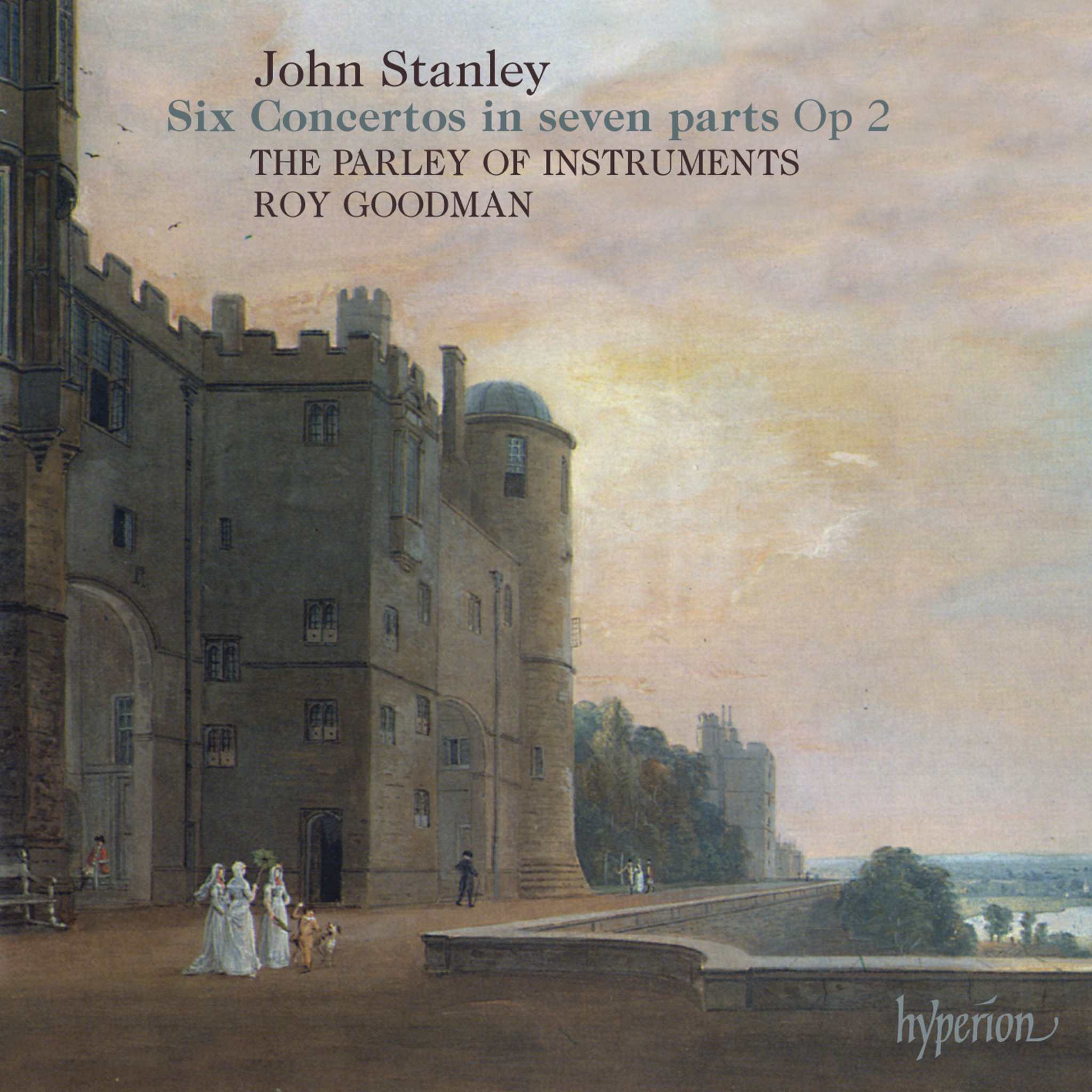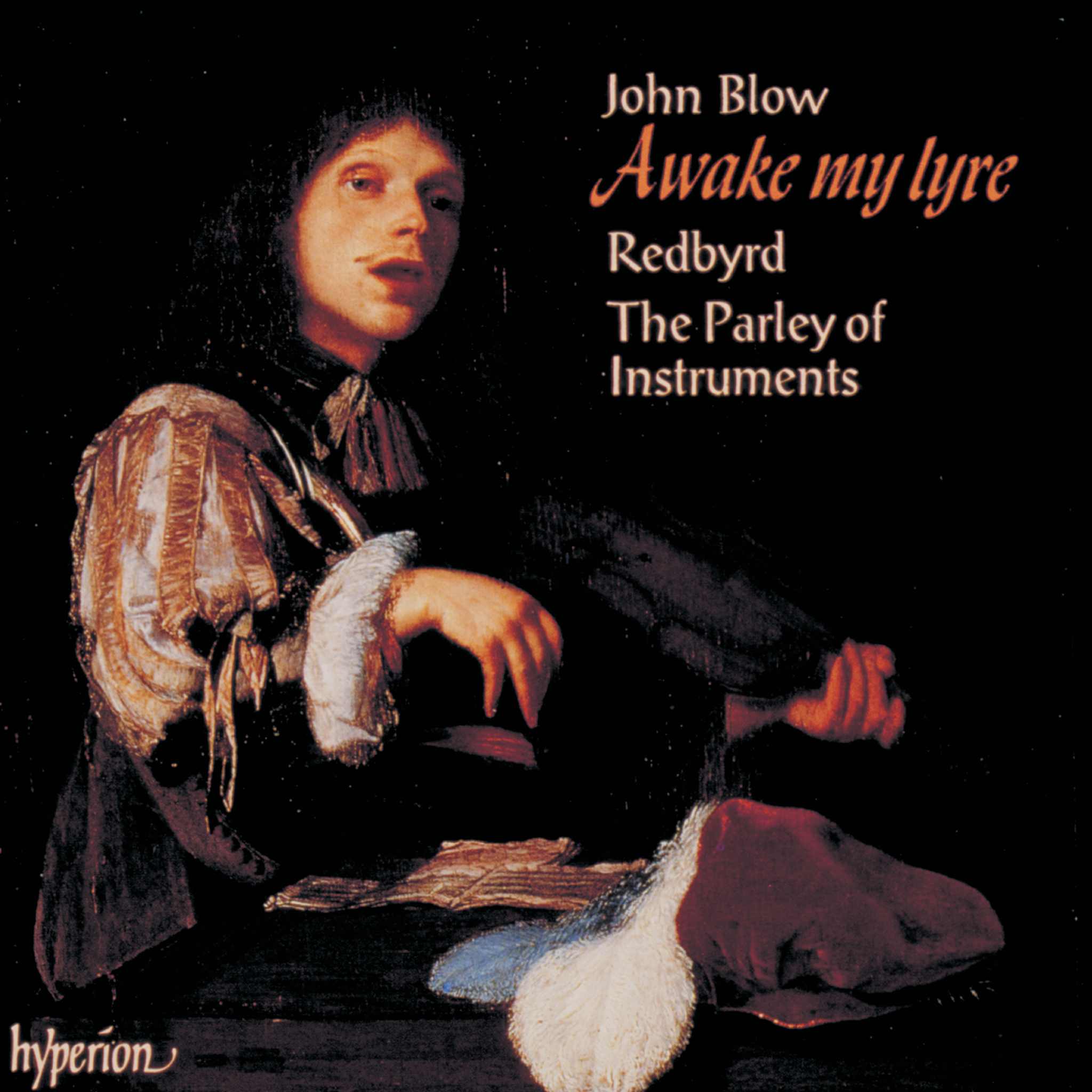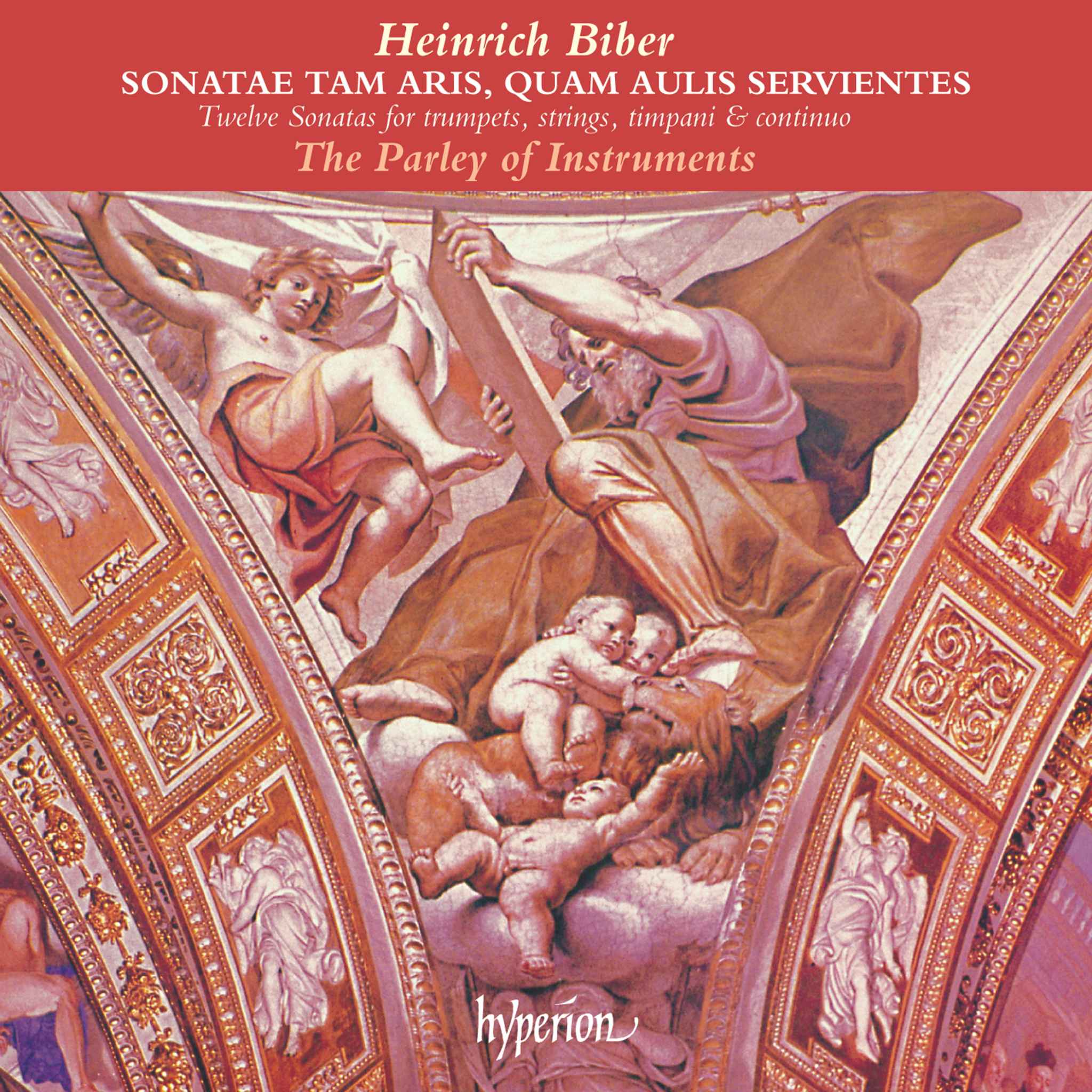Album insights
In 1817, Beethoven faced many challenges. His health was deteriorating, leading to decreased composition and financial struggles. In a letter to his friend, Countess Erdody, he complained about the treatments for his illness from October 1816, which required him to take several remedies daily. The emotional strain from the family drama surrounding his nephew Karl's guardianship added to his woes. His hearing loss worsened significantly, resorting to written conversations by February 1818.
The initial sketches of his Sonata in B-flat Major, Op. 106, likely began in December of that tumultuous year. The opening theme, resembling a choral work with the phrase "Vivat, vivat Rudolphus!" marking his dedication to Archduke Rudolph, set the stage for his grandest piano sonata. Rudolph, his loyal patron, was a vital figure in Beethoven's life during this time.
By early 1818, Beethoven's circumstances improved, with his nephew residing with him and a newfound creative energy. By Archnbishop Rudolph's name day in mid-April, the first two movements of the new sonata were complete, with the summer in Mödling dedicated to completing the composition.
The sonata's composition unveiled remarkable complexities. The thematic significance of the third movement, challenging technical demands of progressing motifs, and the fugal development all contributed to the profound musical journey.
Navigating through the sonata's complexities revealed the fugal intricacies surrounding contentious musical notations within the composition, a perpetual debate among scholars and performers. The meticulous attention to detail in interpreting these passages exemplified Beethoven's craftsmanship.
With the sonata's finale, a showcase of technical prowess and interpretive demands, Beethoven crafted a composition that transcended the conventional piano repertoire of its time.
Reflecting on Beethoven's personal struggles and the unparalleled compositions in his late period underscores the emotional depth and artistic mastery he channelled into his works.
In the final movement, Beethoven reaches remarkable artistic heights, combining technical brilliance with emotional depth, culminating in a work that stands as a testament to his enduring legacy and profound impact on classical music.
The enduring significance of Beethoven's late piano sonatas, particularly the "Hammerklavier" Sonata, highlights the composer's innovative spirit and profound musical language, leaving an indelible mark on the history of classical music.
The transformative journey of learning and performing Beethoven's late piano sonatas underscores the depth, complexity, and enduring brilliance of these pinnacle works in the piano repertoire.
As pianists engage with Beethoven's late sonatas, particularly Op. 111, they embark on a profound and introspective musical odyssey that transcends technical mastery, delving into the emotional depths of these monumental compositions.
Exploring Beethoven's "Hammerklavier" Sonata serves as a testament to the composer's innovative spirit and enduring legacy, capturing the essence of his unparalleled contributions to classical music.








